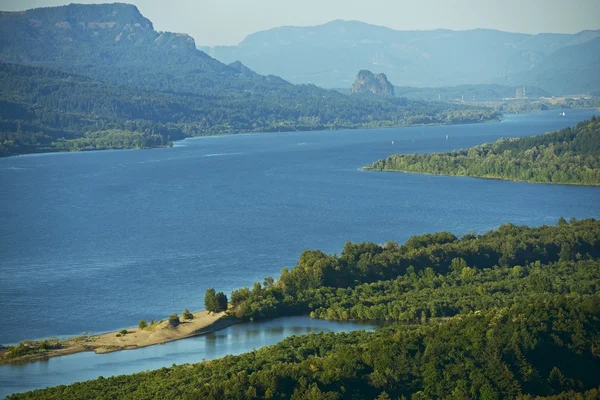
Few towns of 8,000 people see their municipal budget swell from $7 million to $144 million in little more than a decade. Umatilla, Oregon has and the driver is not oil, mining, or manufacturing, but the arrival of hyperscale data centers built for Amazon Web Services. Once defined by a chemical-weapons depot and a state prison, the Columbia River community has been remade into a western hub for AI-era computing power, with engineering, energy, and fiber infrastructure to match.
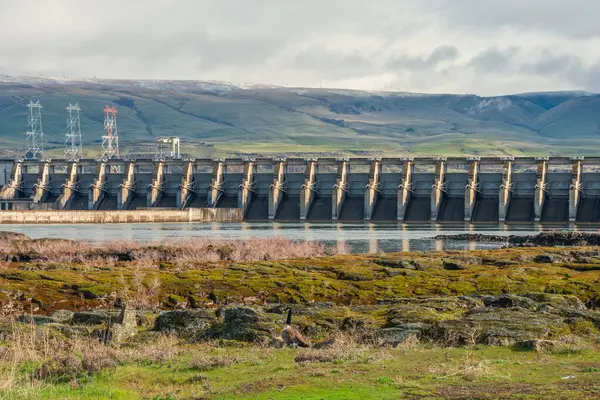
1. From Farm Town to Hyperscale Cluster
AWS began building in Morrow County just north of Umatilla County more than a decade ago due to the ready availability of land, low-cost hydropower from the Columbia River dams, and plentiful long-haul fiber routes connecting Portland, Seattle, and the Bay Area. Since then, it has built out four independent campuses in Umatilla, each with numerous windowless buildings the length of several football fields. These are configured for high-density server racks, cold-aisle/hot-aisle airflow management, and redundant power and network paths, necessary to achieve uptime of 99.99% or greater.
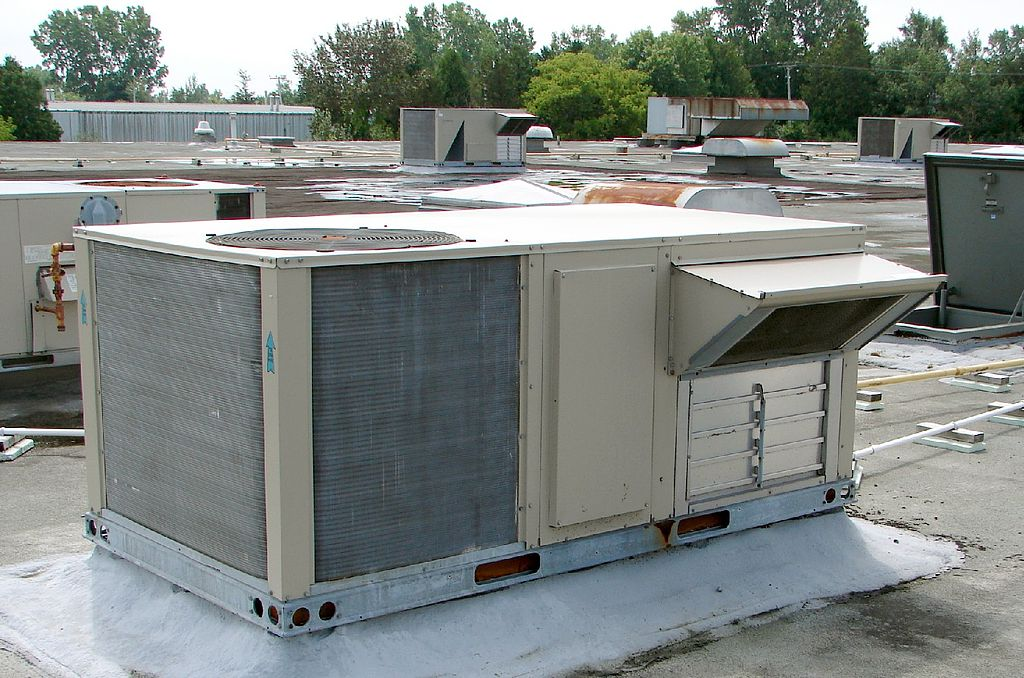
2. Economic Shockwaves
Building each campus can require $200–$500 million in labor, materials, and systems from copper cabling to backup diesel generators. Thousands of electricians, technicians, and heavy-equipment operators have cycled through the region, some settling permanently. Local suppliers of concrete, fencing, and HVAC systems have seen orders surge. Home prices have doubled, and new subdivisions are rising on surrounding hillsides. According to AWS regional director David Tanner, the company and its contractors now support the equivalent of 3,200 full-time jobs in Umatilla County.

3. The Cooling Equation
Heat still represents the greatest operational risk to data centers, and advanced cooling designs are the norm in AWS facilities here, with air economization often augmented by evaporative systems during summer peaks. Those evaporative systems can consume millions of gallons annually, but in Hermiston, AWS partnered with the city in a 25-year water-storage project that captures excess winter Columbia River flows-about 400 million gallons-and stores them underground for summer use. This reduces withdrawals during the irrigation season and ensures thermal stability for AI workloads running on high-power GPUs, such as Nvidia’s Blackwell architecture.
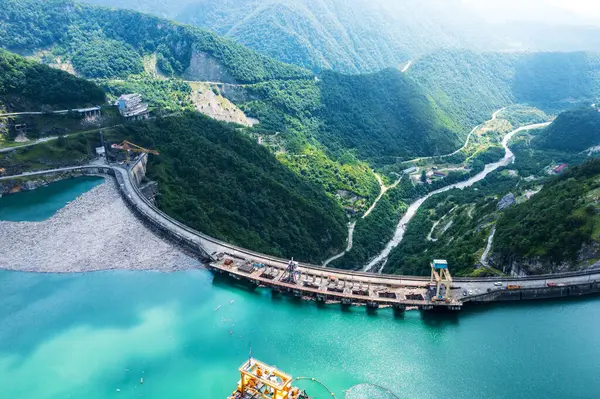
4. Powering AI at Scale
Data centres in Oregon currently use an estimated 11.4% of the state’s total electricity supply, most of which is hydroelectric generation. AI training clusters can draw 50-100 MW per campus, or tens of thousands of homes. To supply AWS, UEC has extended its 230 kV transmission system with new substations and high-voltage lines carrying the AWS load. The low-carbon profile of hydropower fits corporate pledges on the climate, but rising demand is prompting consideration of battery energy storage systems and, elsewhere, small modular reactors.

5. Fiber-Optic Arteries
Hyperscale clusters rely on multi-terabit fiber backbones that offer low-latency connectivity between global regions. The Umatilla site offers strategic proximity to transcontinental fiber routes, with sub-10 millisecond round-trip times to West Coast metros. Deployment of DWDM equipment within on-site meet-me rooms provides AWS with the ability to scale bandwidth without laying new fiber, something critical for AI inference workloads, where there is a need to move massive data sets in real time.

6. Tax Incentives and Fiscal Tensions
Umatilla County granted AWS 15-year property tax exemptions, replacing them with negotiated “payments in lieu of taxes” worth millions annually. Those funds go to city and county governments, rather than directly to schools or fire districts, creating political friction. The city’s budget windfall has paid for road expansions, water systems and downtown revitalization, but disputes over how to divvy up that money spawned lawsuits between the mayor and city council.
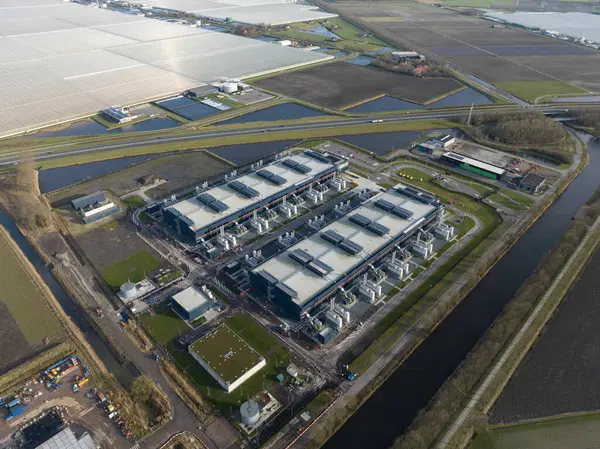
7. Sustainability and Resource Limits
To date, hydropower and water abundance have buffered environmental impacts, but climate change imperils snowpack-fed river flows. Water use by data centers in the United States is forecasted to increase 170% by 2030, with power demand potentially tripling. AWS is testing closed-loop cooling, like others, and is integrating renewables. However, grid operators warn of low reserve margins. Careful load planning and on-site generation may be necessary to balance AI growth with Oregon’s carbon-neutral-by-2045 mandate.

8. The Boom-Bust Question
Permanent staffing per campus is modest-about 140 technicians, security and facilities staff-which raises economic resiliency concerns should construction slow. AI’s current growth trajectory suggests continued build out, but local leaders recall past commodity booms that have gone bust. As Superintendent Heidi Sipe noted, “This feels like a fleeting opportunity. When we had no money, we helped each other survive.”

9. Engineering a Future Beyond AWS
Officials are courting other operators, including Sabey Data Centers, to diversify the tenant base. Long-range plans include workforce training in robotics, metal fabrication, and data center operations, ensuring local talent can fill high-wage technical positions. Infrastructure investments-fiber spurs, substations, water storage-are designed for multi-tenant use, reducing dependence on any single operator.
Umatilla’s transformation illustrates the engineering and economic calculus of rural America’s AI boom: enormous capital flows, elaborate systems of energy and cooling, and a fraught calculus over short-term prosperity and long-term sustainability. Whether it stays a digital hotbed or becomes a cautionary tale will have everything to do with how well it manages the physical and political infrastructure underpinning its new identity.

